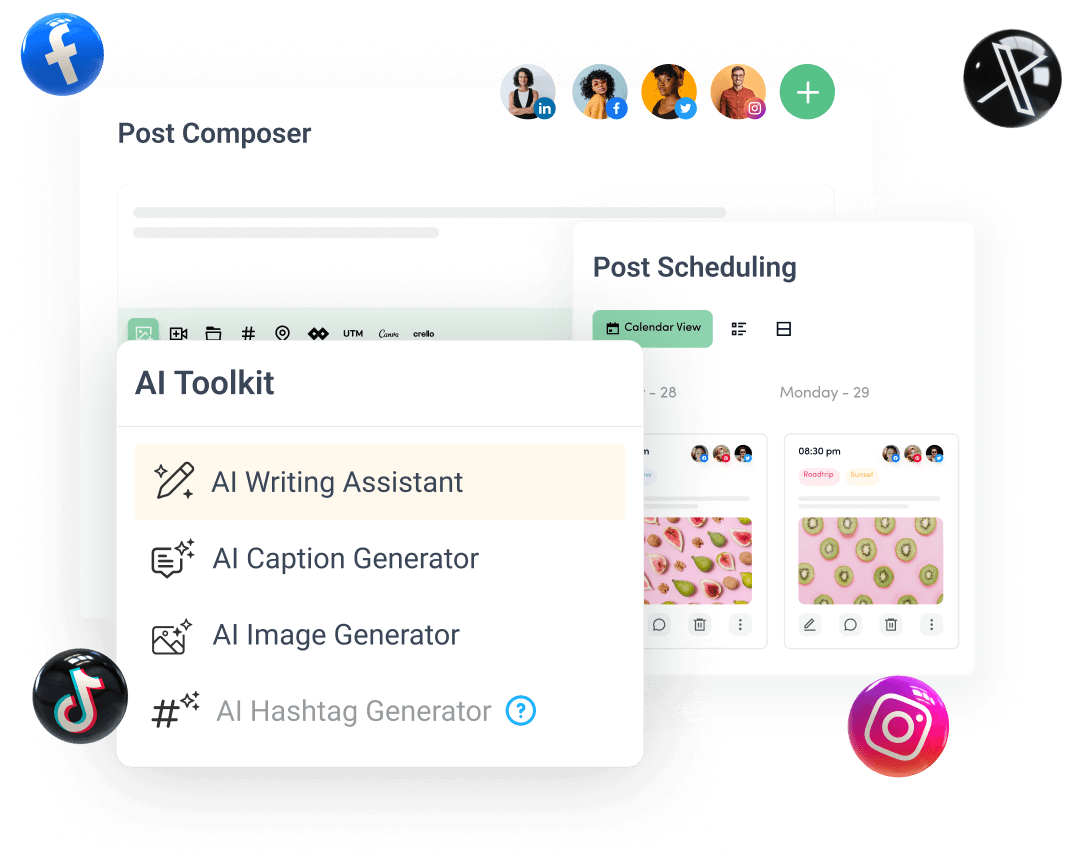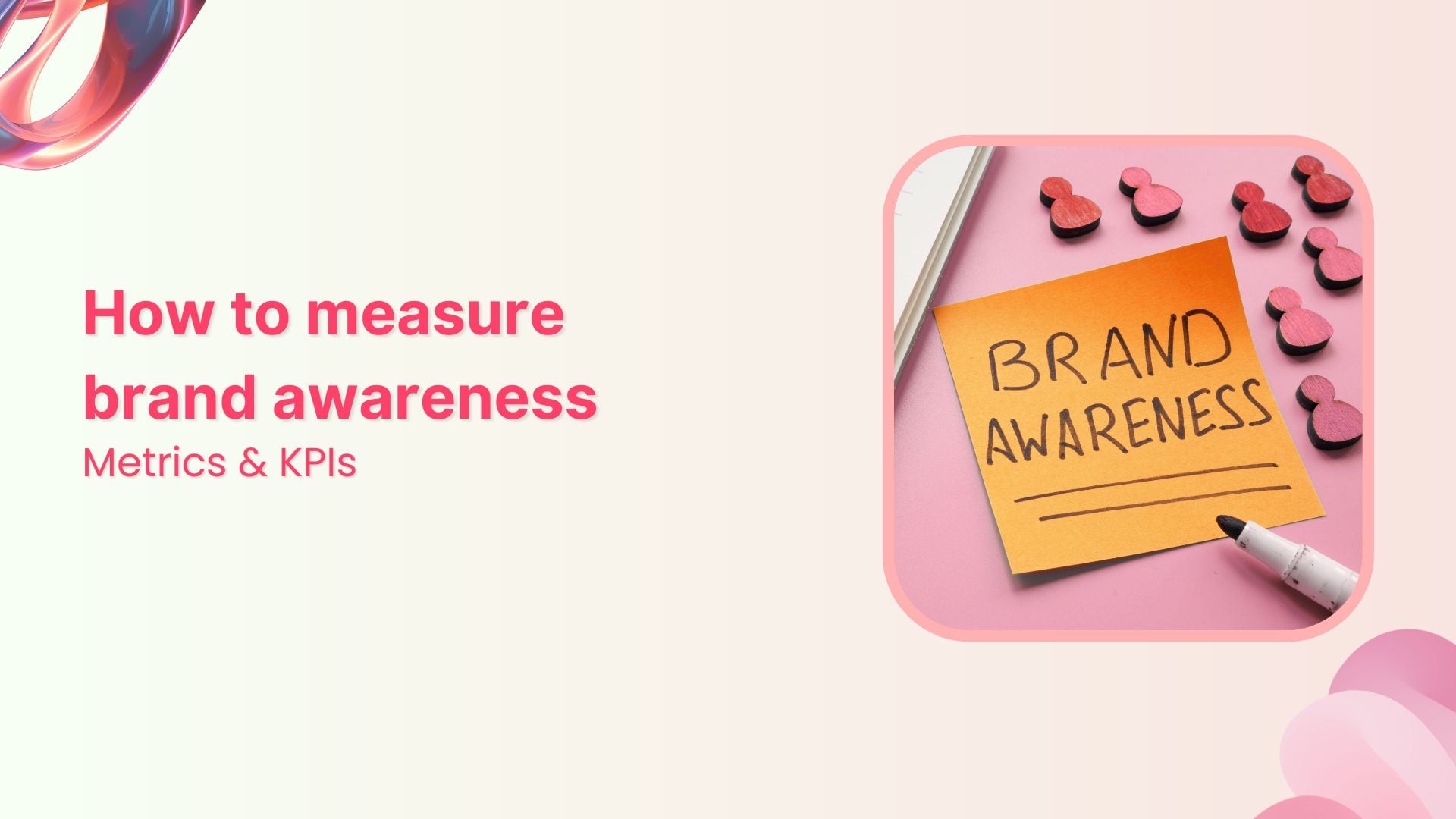Bulk-generate & schedule posts in seconds with Smart Scheduling. Try now!
Ded

What does ded mean?
Ded (pronounced "dead") is a popular internet slang term widely used across social media platforms and digital communications. It represents an intentionally misspelled version of "dead" and is primarily used to express extreme reactions such as uncontrollable laughter, embarrassment, or overwhelming emotions.
In the context of social media engagement, Ded and phrases like 'I'm dead' have become a significant part of modern digital communication culture.
Evolution and usage of ded
Historical development
The term Ded emerged from internet culture and text messaging, where deliberate misspellings became a way to add personality and emphasis to digital communications. Ded full form in chat basically means I'm dead metaphorically.
Like many social media trends, Ded evolved from the need to express intense emotions quickly and informally in online conversations.
Common contexts and variations
Ded appears in various contexts across digital platforms:
- Reaction to humor: "Ded" or "I'm ded" indicates something is extremely funny
- Expression of embarrassment: Using "ded" to convey feeling mortified
- Overwhelming situations: Indicating being overwhelmed by positive or negative emotions
- Gaming culture: Referring to actual character death or dramatic game moments
Ded vs. traditional expressions
When compared to conventional expressions, ded carries unique characteristics that make it particularly effective for creating engaging content:
- More casual and informal than traditional expressions
- Implies a stronger emotional response than standard phrases
- Creates a sense of authenticity in digital communications
- Helps establish rapport with younger audiences
Understanding ded in digital communication
Linguistic significance
Ded represents a fascinating evolution in digital linguistics, where intentional misspellings serve multiple purposes:
- Creating emphasis through altered spelling
- Demonstrating familiarity with Internet culture
- Adding a layer of informality to communications
- Expressing emotions more intensely than traditional spellings
Cultural impact
The term has significantly influenced online culture and communication:
- Meme culture integration
- Social media content creation
- Marketing and brand voice development
- Generation Z communication patterns
Professional applications of ded
Marketing and brand communication
While Ded originated in casual communication, it has found its way into professional contexts:
- Social media marketing campaigns
- Influencer collaborations
- Brand voice development
- Youth-targeted advertising
Content creation strategies
Understanding and appropriately using Ded can enhance content engagement strategies:
- Creating relatable social media content
- Developing authentic brand voices
- Connecting with younger audiences
- Incorporating trending expressions
Best practices for using ded
Appropriate contexts
Understanding when to use Ded is crucial for effective communication:
- Casual social media interactions
- Informal marketing messages
- Community engagement
- Personal branding
Platform-specific considerations
Different platforms have varying levels of acceptance for informal language:
- Social media: Generally acceptable
- Professional networks: Use with caution
- Marketing materials: Context-dependent
- Internal communications: Based on company culture
Common misunderstandings about ded
Misconceptions
Several misconceptions exist about the use of Ded:
- It's always inappropriate
- Only teenagers use it
- It indicates poor writing skills
- It's not suitable for any professional context
Clarifications
Important points to understand about Ded:
- It's a deliberate stylistic choice
- Usage depends on context and audience
- It can be effective in appropriate situations
- Demonstrates cultural awareness
Impact on digital communication trends
Current influence
Ded has significantly shaped modern digital communication:
- Evolution of internet slang
- Development of brand voices
- Content creation strategies
- Social media engagement patterns
Future implications
The impact of terms like Ded on digital communication continues to evolve:
- Integration into mainstream communication
- Influence on marketing strategies
- Development of new variations
- Cross-cultural adoption
Measuring ded's effectiveness in content
Engagement metrics
When using Ded in social media content, consider:
- Audience response rates
- Engagement levels
- Share counts
- Comment sentiment
Audience reception
Understanding how different audiences respond to Ded:
- Age group preferences
- Cultural considerations
- Platform-specific reactions
- Industry acceptance levels
Tips for incorporating ded in communication
Content strategy integration
When including Ded in your content strategy:
- Understand your audience
- Consider platform appropriateness
- Maintain consistency with brand voice
- Monitor engagement metrics
Risk management
Mitigate potential risks when using Ded:
- Evaluate context appropriateness
- Consider audience diversity
- Monitor feedback
- Have alternative expressions ready
Conclusion
Ded represents more than just a casual misspelling – it's a cultural phenomenon that has significantly impacted digital communication. Understanding its proper usage, context, and implications can help content creators and marketers better connect with their audiences while maintaining professionalism when necessary. As digital communication continues to evolve, terms like Ded demonstrate the dynamic nature of language in the online sphere.

Create, plan, schedule, and publish posts on all social media networks
Recommended for you


Powerful social media management software
14-day free trial - No credit card required.


